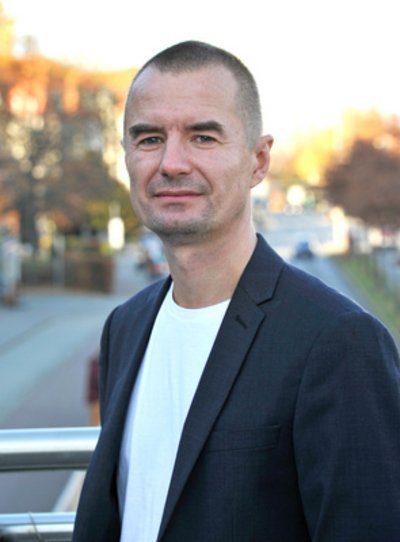futureprojects GmbH

In your opinion, what is the greatest potential of engaging citizens in city development?
City administrations have limited resources, knowledge, and staff to transform the cities without collaboration. Citizen engagement should help to speed up transformation processes as well as improve city life by implementing their own projects. This also includes the engagement of corporations or other institutions, who all have a specific motivation, knowledge, and interest on specific parts of city life. But they may contribute their resources and engage networks of people or institutions. The power of transforming or adapting a city to future needs may be leveraged by including interested people into the city development.
How do infrastructures matter for citizens?
Modern cities allow modern life by providing city infrastructure: water delivery and sewerage treatment, energy distribution, bicycle and car pathways, kindergartens, schools, green places, playgrounds etc. To involve citizens in city development another type of infrastructure is needed: participation infrastructure. People get engaged, if they find some kind of space, where their motivation gets resonance, where they find collaborators for their ideas and access to information, resources and decision power. Modern cities need those participation spaces, designed to invite, and empower people to engage, and to help the city administration and participation supporters to organise structured participation processes to focus on useful future visions. Without such infrastructure, the potential of citizens engagement will be underused and its impulses will be undirected. With such infrastructure people, businesses and administration may find together to collaborate productively. We started to create a web platform to provide such a structured space, where actors collaborate to create future city projects. The experience gained here has grown into a wider participation process to create the future city of Dresden.
How should knowledge about infrastructures be communicated and what role can journalists, researchers or public officials play?
It would be useful to highlight that today's infrastructure is not naturally given, but a human built and very useful element. We all should be interested in keeping and improving it. There is a risk that people think such things exist by nature. But they don't! It would be helpful for cities when more citizens recognise how life would be without it, but also, what may be useful infrastructure elements to improve city life. Furthermore, the holders of such infrastructure should aim to have the ability for self-explaining institutions. Especially city administrations should learn how to explain their internal machinery, their interfaces to operate with them and how people may interact with them in a way that is understandable to everyone. Journalists, researchers, and public officials should experiment with pictures and language that will be more helpful for 21st century trained listeners. To this end, I am experimenting with the idea of "hacking politics", for example, to use pictures from computers to explain how local administration and politics work, and how people may interact successfully to improve their city.